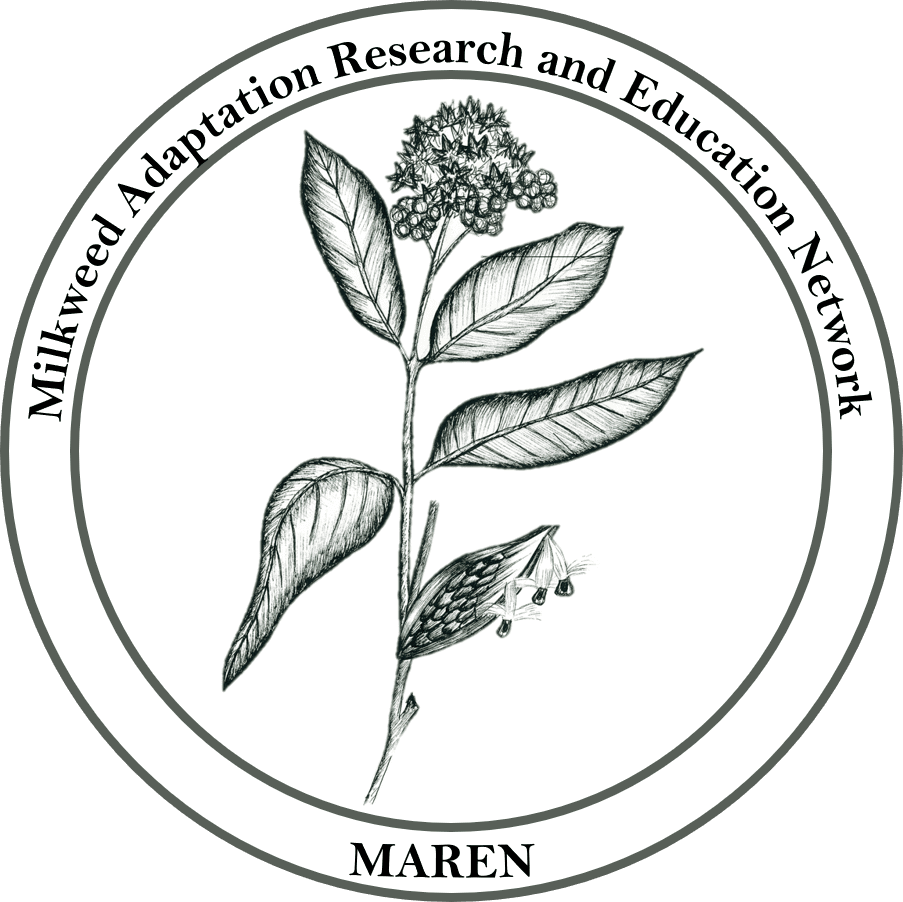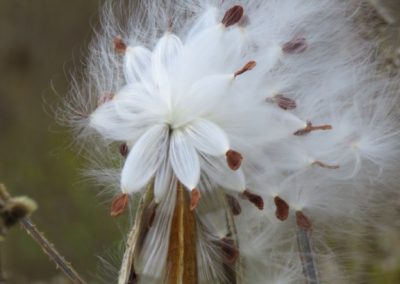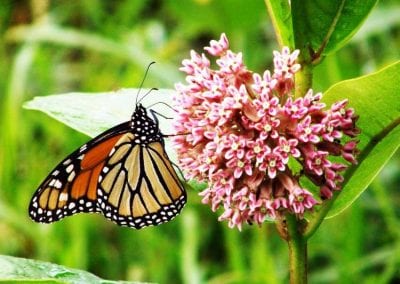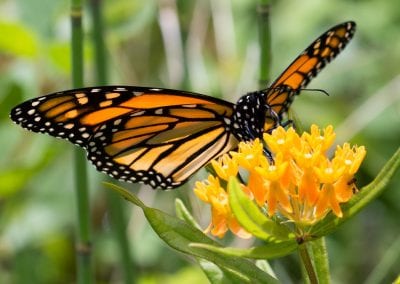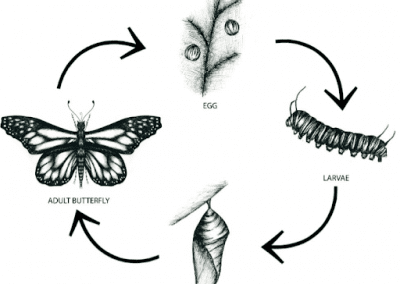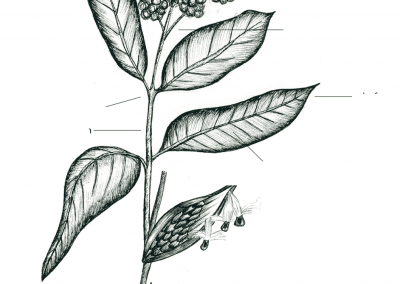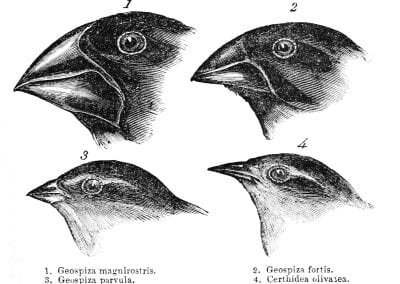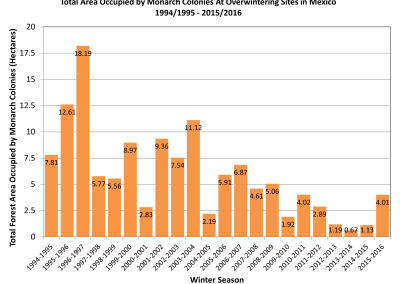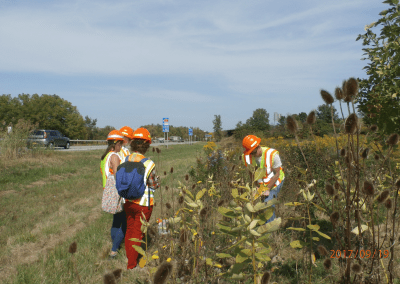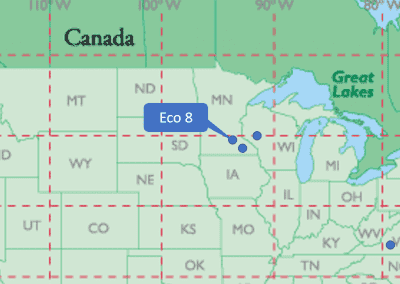About
MAREN strives to connect researchers with students and educators, because we believe that connecting education with real scientific exploration benefits learners. When students interact with real scientific exploration, they learn how to make scientific arguments, understand biological principles and concepts, interact with scientific instruments and techniques, and understand that researchers, like MAREN, are still looking for answers to big questions.
Our curriculum focuses on bringing biological principles and concepts into a real-world investigation. When students participate in these “authentic science” curricula, they make better scientific arguments, better understand biological principles, and integrate more sources and data into their arguments.
Many of the lessons support both the Local Adaptation Experiment, and the Phenology Project Investigations. The curriculum was designed to be highly adaptable for grades 6 to 16, and we hope you will take what you like, make it work with your students, and share what you have done in our Library. View the table below to quickly identify the key concepts and objectives related to each lesson and see how each aligns with NGSS Standards.
Visit our Tips for Teachers page for information on privacy concerns, data reliability, data accessibility, and other topics relating to instructional advice. General project and website questions are answered on our FAQ page. If you have additional questions that have not been answered elsewhere, fill out the question submission form at the bottom of the FAQ page.
Training Videos
Learn more about the project on our Training Videos Page. View training videos that you can use to help teach milkweed measurement methods students, and at the bottom, view the recordings from our educator workshop to learn more about the background and become oriented to the different projects. We know that assessment is important to the learning cycle, so we build in assessments to the training videos (left link) and offer some paper worksheets (right link).
Instructors Manual for the Phenology Project
We have compiled background information, teaching tips, and detailed instructions for all the protocols into an instructors manual. Check it out below, and then visit the phenology protocols page to collect all the resources you need to gather data.
Assessment Tools for the Curriculum Lessons
We have compiled a series of assessment tools to support your work with learners.
Curriculum Lessons
Click on lesson to view description or to download the lesson.
Table of Standards
| Lesson/Activity | NGSS Standards | Learning Objectives |
|---|---|---|
| 1. Monarchs and Their Decline Key Concepts: • Population dynamics • Species Interactions • Conservation/ Ecosystem Management • Life Cycles Pairs with: • Local Adaptation Experiment • Phenology Investigations | • MS-LS2-1. Analyze and interpret data to provide evidence for the effects of resource availability on organisms and populations of organisms in an ecosystem. • HS-LS2-2 Use mathematical representations to support and revise explanations based on evidence about factors affecting biodiversity and populations in ecosystems of different scales. | • Interpret trends and variability in a line graph representing the size of a population over time. • Apply the monarch life cycle and migration pattern to hypothesize causes of populations change. |
| 2. Monarch Population Decline Debate Key Concepts: • Population dynamics • Species Interactions • Conservation/ Ecosystem Management • Nature of Science Pairs with: • Local Adaptation Experiment • Phenology Investigations | • MS-LS2-4. Construct an argument supported by empirical evidence that changes to physical or biological components of an ecosystem affect populations. • HS-LS4-5. Evaluate the evidence supporting claims that changes in environmental conditions may result in: (1) increases in the number of individuals of some species, (2) the emergence of new species over time, and (3) the extinction of other species. | • Identify multiple potential causes for the monarch population decline. • Compare the strengths and weaknesses of conflicting claims. • Understand that biology is an ever-changing field Analyze how biologists use evidence to argue for explanations of phenomena, like the decline of monarch butterflies. |
| 3. Milkweed, A Critical Food Source Key Concepts: • Species Interactions Pairs with: • Local Adaptation Experiment • Phenology Investigations | • MS-LS1-5. Construct a scientific explanation based on evidence for how environmental and genetic factors influence the growth of organisms. | • Identify common milkweed, its life cycle, and its parts. • Identify the native range of common milkweed. • Distinguish between different milkweed species and their ranges, and predict the effects of climate warming on the ranges. • Describe the benefits of eating milkweed for monarchs. |
| 4. Local Adaptation of Milkweed: Evolutionary Principles Key Concepts: • Evolution and Natural Selection • Conservation/ Ecosystem Management Pairs with: • Local Adaptation Experiment | • MS-LS4-4. Construct an explanation based on evidence that describes how genetic variations of traits in a population increase some individuals’ probability of surviving and reproducing in a specific environment. • HS-LS4-4. Construct an explanation based on evidence for how natural selection leads to adaptation of populations. | • Define evolutionary principles such as local adaptation and gene flow. • Predict how local adaptation will influence the impact of milkweed management practices. |
| 5. Local Adaptation of Milkweed: Data Analysis Key Concepts: • Evolution and Natural Selection Pairs with: • Local Adaptation Experiment | • HS-LS4-3. Apply concepts of statistics and probability to support explanations that organisms with an advantageous heritable trait tend to increase in proportion to organisms lacking this trait. | • Ask questions and identify which questions can be answered with the available data. • Represent data in an appropriate way to help answer a question. • Critically evaluate and interpret results. |
| 6. Citizen Science: Monarch and Milkweed Awareness Key Concepts: • Conservation/Ecosystem Management Pairs with: • Local Adaptation Experiment • Phenology Investigations | • MS-LS2-5. Evaluate competing design solutions for maintaining biodiversity and ecosystem services. • MS-ESS3-3. Apply scientific principles to design a method for monitoring and minimizing a human impact on the environment. • HS-LS2-7. Design, evaluate, and refine a solution for reducing the impacts of human activities on the environment and biodiversity. • HS-ESS3-4. Evaluate or refine a technological solution that reduces impacts of human activities on natural systems. | • Evaluate the utility of the data students collected for a target community organization. • Communicate scientific arguments, supported by data, to an audience. • Propose potential solutions to a large ecological issue, like climate change. |
| 7. Picking Plants for the Monarch Highway Key Concepts: • Evolution and Natural Selection • Phenology • Conservation/Ecosystem Management Pairs with: • Local Adaptation Experiment • Phenology Investigations | • MS-LS4-4. Construct an explanation based on evidence that describes how genetic variations of traits in a population increase some individuals’ probability of surviving and reproducing in a specific environment. • HS-LS4-4. Construct an explanation based on evidence for how natural selection leads to adaptation of populations. | • Use the concept of local adaptation to make and test predictions about plant growth in novel environments. • Make and test predictions about the relationship between a plants latitude, its phenology, and its performance in a novel environment. • Critically evaluate and interpret data about local adaptation. |
